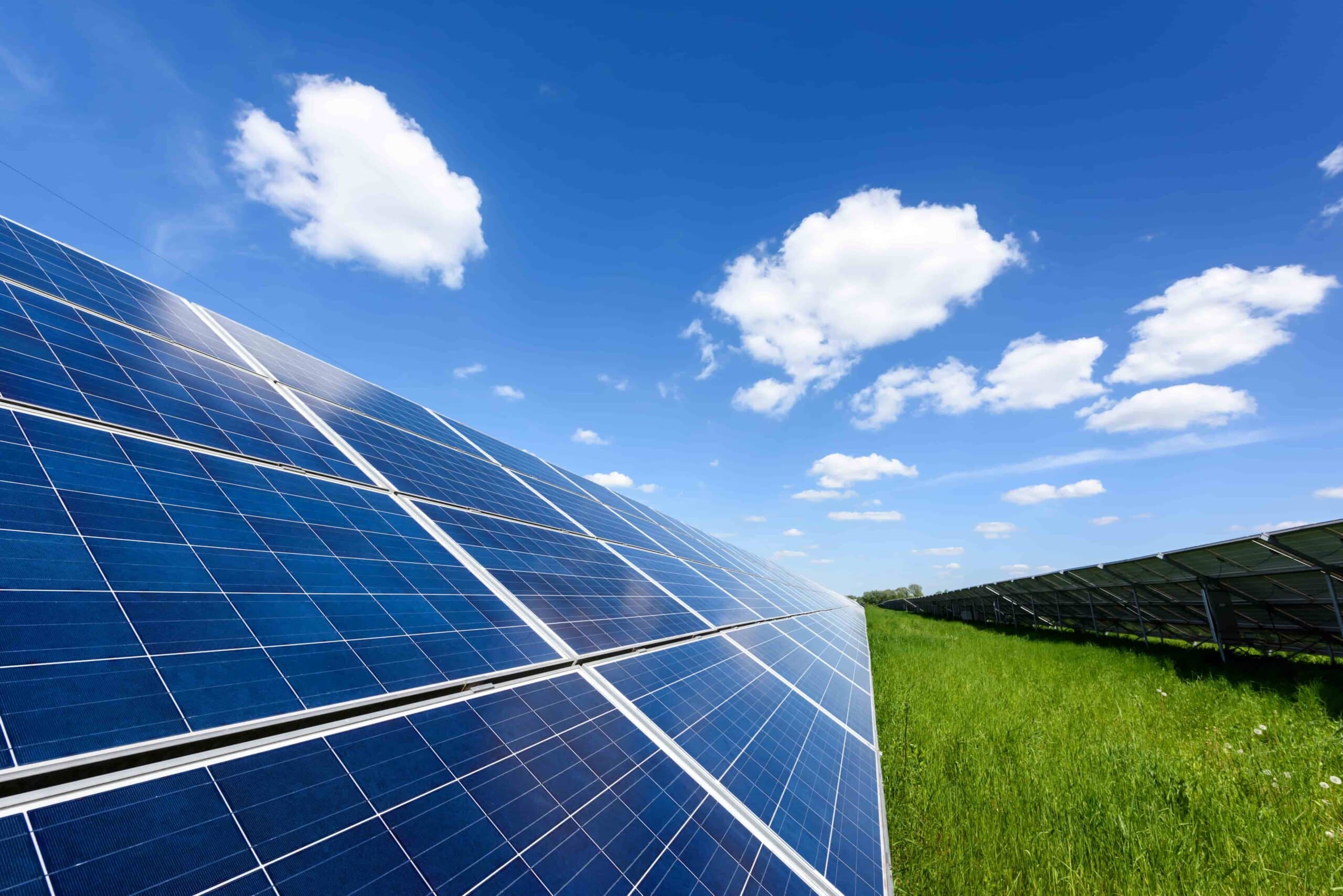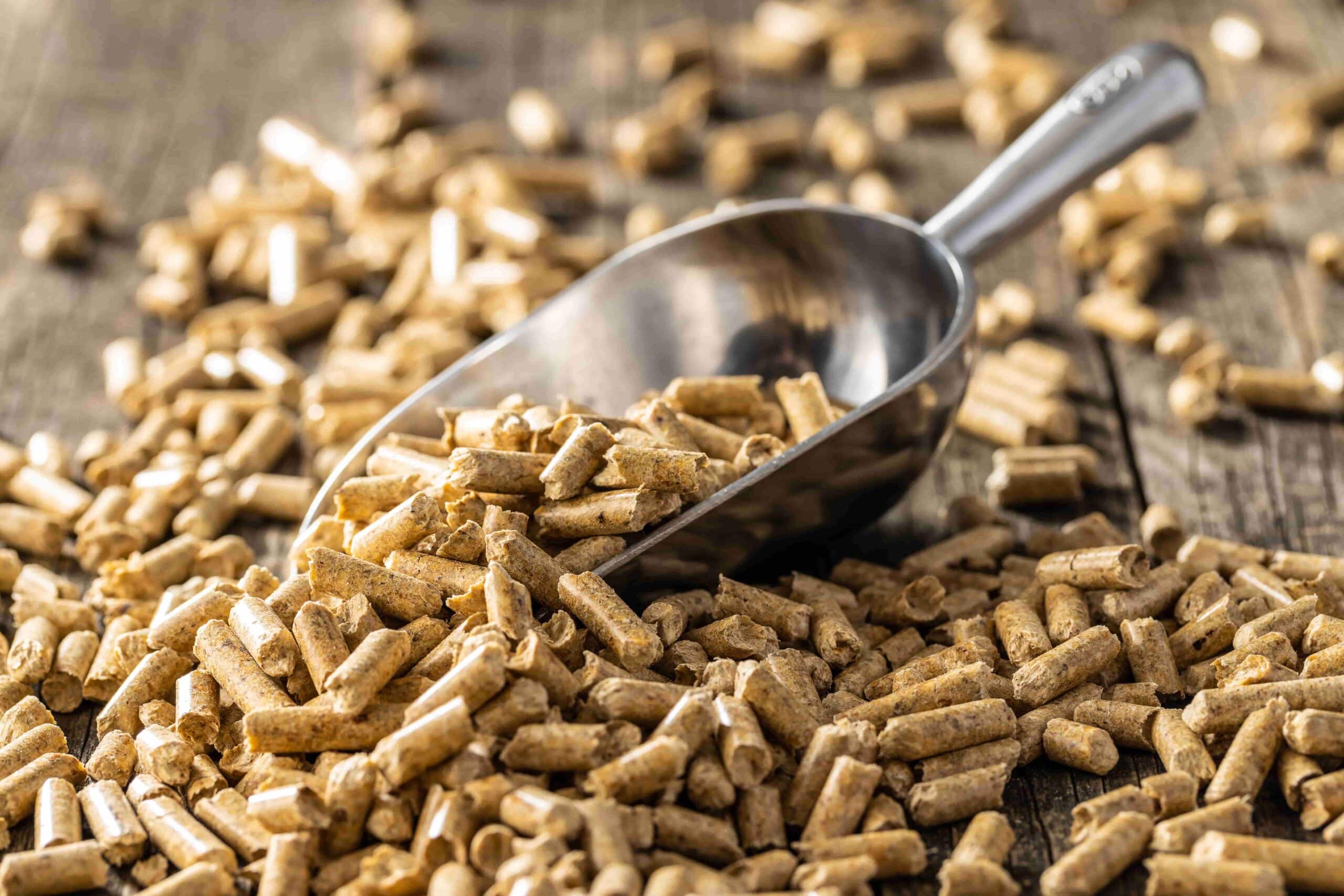Due to growing demand in the sustainable energy market, over the past decade, the number of heat pump installations in the UK has significantly increased. Domestic heat pump installation companies like JL Phillips ensure that we correctly right-size your heating system and design a heat emitter (underfloor heating or a radiator) that suits your individual requirements. This is done mainly to deliver savings in two essential areas which isn’t possible with traditional heating systems.
Firstly, installing renewable heating equipment helps reduce your carbon footprint by delivering an efficiency output of more than 300%. Secondly, green heating systems like air and ground source heat pumps help you achieve a guaranteed reduction in running costs when compared to traditional boilers. What’s more, you can also enjoy the financial rewards under the domestic RHI scheme that’ll help you save even more.
These two factors are key to renewable installation and it’s important that you partner with professional heat pump installers like those at JL Phillips. Our team will ensure that:
- Proper sizing of your heat pump is conducted to complement the demands of your property
- Your heat emitter is correct-sized to optimise the heat pump’s efficiency
- All the appropriate controls are properly integrated to ensure that you benefit from successful installation and incorporation of the heat pump
Right-Sizing the Heat Pump for Underfloor Heating
Heat pump sizing is usually specified by our team beforehand and it tends to be comparatively smaller than traditional boilers. This is mainly because most boilers in the UK are ‘over-sized’ by at least 20% to allow more room to accommodate the heat up factor. On the other hand, heat pumps are tailored for more steady conditions and as a result, are sized more tightly and correctly.
When it comes to the overall efficiency of your home, heat emitters also play a major role. Many studies have shown that underfloor heating, when integrated with air source heat pump installation, is 20% more efficient than radiators.
Underfloor heating, when used in conjunction with ground source heat pumps, delivers an efficiency of 30%. To maximise energy efficiency, your underfloor heating system should be designed to accommodate the same.
The trick is to design it in a way that the flow temperature required is more or less the same as the flow temperature for your heat pump.
Controls for Underfloor Heating
Attempting to integrate your underfloor heating system and heat pump without any planning is bound to lead to issues. A smarter approach here is to choose a system that is designed specifically for your home while taking into account your individual needs and heat pump requirements.
At JL Phillips, we work with several heat pump manufacturers which means we have many variants available with different designs and control solutions suitable for your needs.
For proper and thorough control integration, the type of compressor installed in your heat pump will have a huge impact. Many air source and most ground source heat pumps have scroll compressors installed with virtually no specified modulation meaning they switch on or off automatically.
Most heat pumps have a ‘soft start’, meaning that the initial current is contained and reduced. However, this is not good for heat pumps as these green heating equipment shouldn’t be switching on and off on their own.
This is mainly because:
- Automatic functionality can send power spikes up and down the power lines. This can interfere with the power supply in your neighbouring properties.
- It affects your heat pump’s function and performance and reduces its life expectancy.
- It tampers with the efficiency of your heat pump installation.
This is why the heating systems and all the necessary control components need to be designed to offset such side effects.
The Solution
Building regulations dictate the temperature controls are mandatory for each room. If you have radiators installed, you can achieve this by using thermostatic radiator valves (TRV). For underfloor heating systems, you need to have a thermostat installed in each room along with an actuator.
Some heat pump manufacturers and suppliers are using reciprocating compressors to ensure that there are no power spikes. The reciprocating compressor is ideal when used with an inverter drive as it gives a very low starting current flow.
This allows the heat pump to complement and match up with the demand of the underfloor heating allowing you to fully control the systems at work.
Contact JL Phillips
To get the most out of your heat pump installation, it is best to work with an air and ground source heat pump installation company like JL Phillips, as we are veterans in the renewable heating industry. We will guide you through the process as we help you install an efficient heating system that is bespoke to your needs. Click here for a free quick quote.
Get in touch with us today to find out more!




